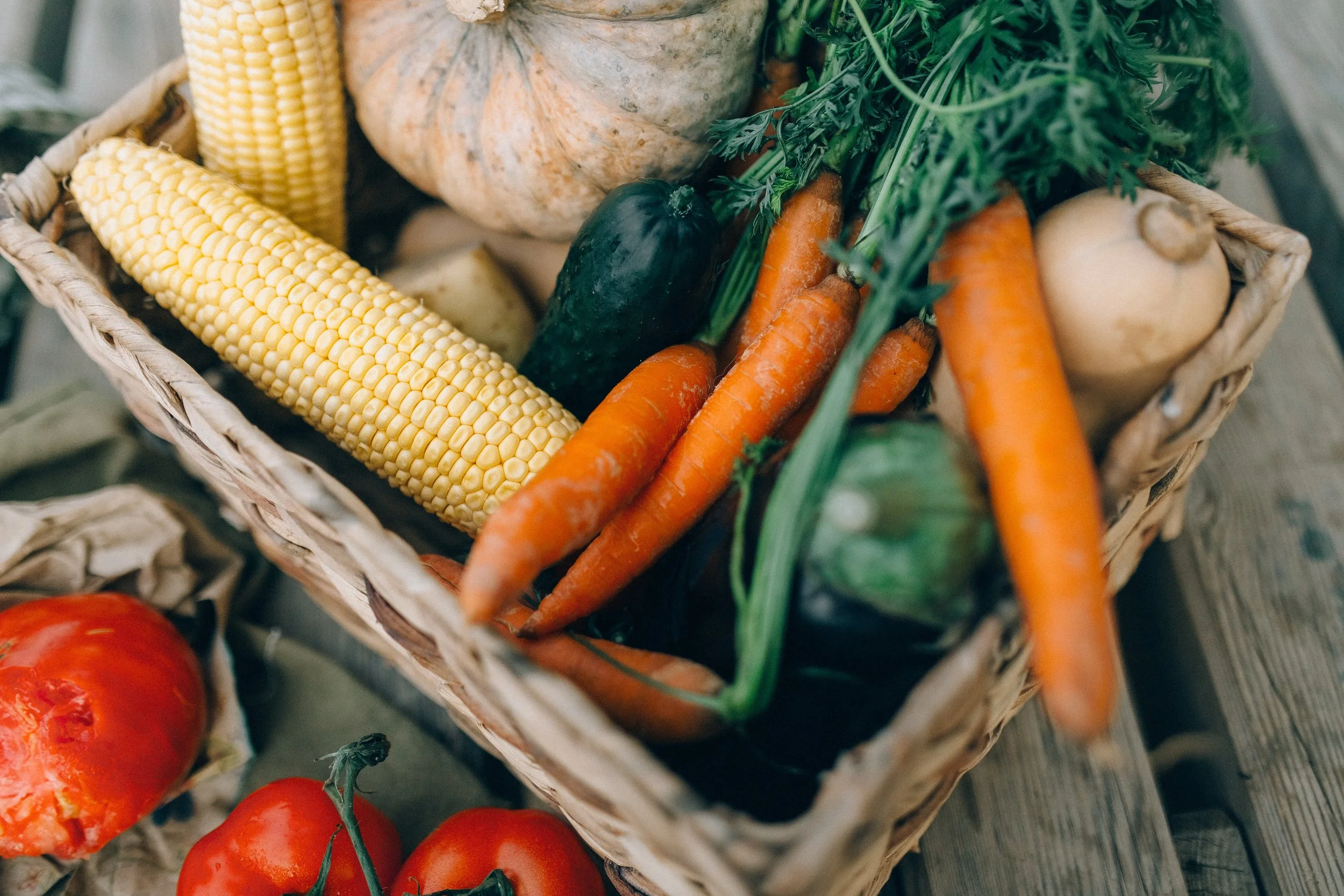CSAs: supporting local farmers
CSAs are a simple way to support local farmers.
What is a CSA?
CSA Stands for Community Supported Agriculture. CSAs allow people to have access to fresh produce grown by regional farmers. When you become a member of a CSA, you are purchasing a “share” of vegetables from a local farmer. From June until November (timing varies by region), your farmer will deliver that share of produce to a convenient drop-off location in your neighborhood weekly or bi-weekly.
CSA members pay for a season of produce upfront. This bulk payment allows farmers to plan for the season, purchase new seed, make equipment repairs, and more. Shares usually include a variety of vegetables for a family of 2-3 people and some offer half shares for smaller households. Some CSAs have options of other produce from local farms. For a few extra dollars a week you can add fruit, eggs, meat, and cheeses to your vegetable purchase.
What about Winter?
A CSA season typically runs from June through November. However, some farmers offer winter shares that come with a variety of root vegetables and greens. Contact your local CSA to find out if they offer winter shares.
The Pros of Joining a CSA
Supporting small, local farming
Access to the freshest, most local produce available
Eating seasonally
Eating more fresh fruits and vegetables
Local food is more environmentally friendly
It is often a great value
The Cons of Joining a CSA
Weather and pests could damage crops. This is the risk you take in joining a CSA.
You may get a large quantity of a type of produce that you don’t like.
You may get a large quantity of a type of produce that don’t have enough uses for.
It may be difficult to use up all of the produce before it goes bad.
Where do you find a CSA?
Find a CSA near you by visiting the USDA local food directory.
